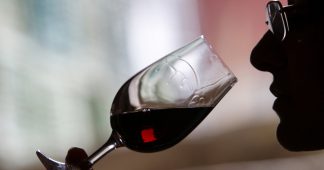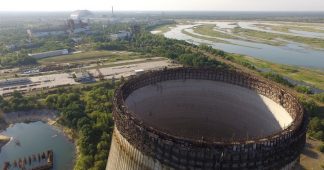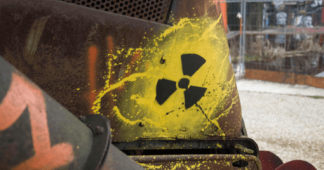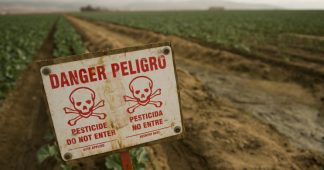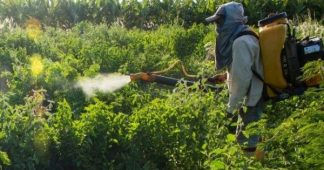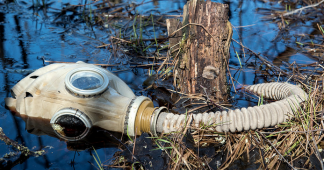16 Jul, 2019
Radiation levels in the Marshall Islands, where the US government tested its nuclear arsenal during the Cold War, are even higher than those found in Fukushima and Chernobyl, according to a newly released peer-reviewed study.
The research, published by scientists at Columbia University in New York, found that tests of soil samples taken from four of the islands contain radiation levels that are “significantly” higher than those found at the sites of the two worst nuclear power plant disasters in history, in Japan and Ukraine. On one of the islands, the concentrations of radioactive particles were found to be higher by a magnitude of 1,000.
One particularly disturbing find was the presence of plutonium-238 on Naen, an island in the Rongelap Atoll, some 100 miles away from the test sites on Bikini, Enjebi and Runit. That isotope is not a product of fallout, but is generally associated with nuclear waste, raising the possibility that Naen was used as a dumping ground.
“We can’t say for sure that is what happened,” said Ivana Nikolic Hughes, a chemistry professor at Columbia and one of the study’s authors. “But people should not be living on Rongelap until this is addressed.”
Another study also tested fruit from several of the islands and found that contamination levels were above safety levels established in countries affected by nuclear fallout – including Russia, Ukraine, Belarus and Japan.
The US government performed 67 nuclear tests in the South Pacific islands between 1946 and 1958, during its early arms race with the Soviet Union. The exercises left a trail of contamination throughout 21 islands roughly halfway between Hawaii and Australia. Although representing just 6 percent of the total US nuclear bomb testing activity, the denotations were responsible for over half of the total energy expended.
The most famous of them took place on Bikini Atoll, where Operation Crossroads and Operation Castle were launched in 1946 and 1954 respectively. The former has been described as “the world’s first nuclear disaster” while the latter resulted in an explosion (Castle Bravo) 1,000 times more powerful than the blasts caused by the bombs dropped on Hiroshima and Nagasaki during World War II.
Bikini Atoll’s inhabitants were cleared from the island to make way for the tests and resettled on the barren neighboring atoll of Rongerik. Struggling to survive, the Bikinians have tried to leave the island twice since. The US government had promised them that they would be able to return to Bikini once it was safe to do so.
In 1968, US President Lyndon Johnson allowed several hundred to return. Soon afterward, researchers found that nuclear contamination had entered the food chain. Bikini was abandoned again, and no residents have returned to the island since 1978.
Published at https://www.rt.com/usa/464336-marshall-islands-radiation-testing-study/
